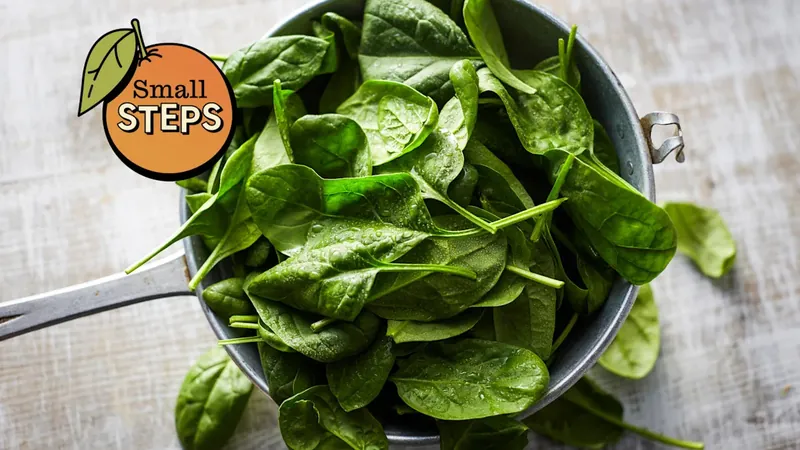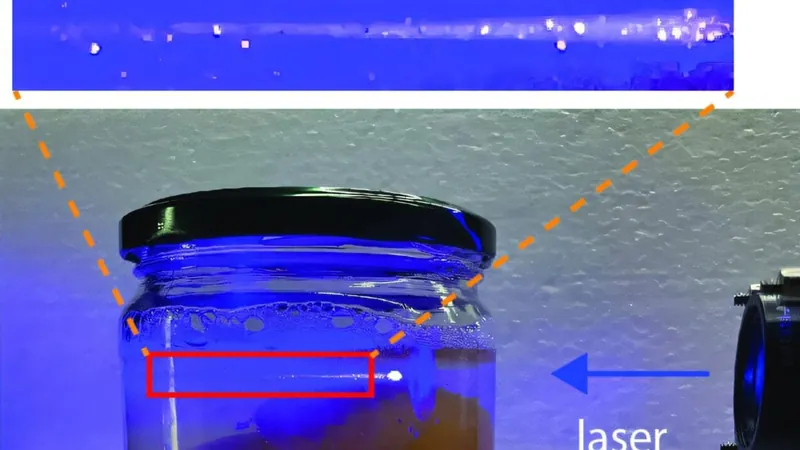
Unmasking the Virus: How Antibodies Fail—and What Scientists Are Doing About It
2025-05-26
Author: Rajesh
In the battle against SARS-CoV-2, monoclonal antibodies were once hailed as a revolutionary approach for both prevention and treatment of coronavirus infections. However, the relentless evolution of the virus has birthed new variants that effortlessly evade neutralization by these antibodies.
A groundbreaking study from researchers at TWINCORE in collaboration with partners from Hanover and Bern reveals the intricate mechanics behind this phenomenon. Rather than relying solely on a single type of antibody, the team advocates for a multi-antibody strategy to enhance treatment effectiveness, as documented in their recent publication in eBioMedicine.
The Unyielding Nature of Antibodies
The immune system’s defense mechanism hinges on the generation of antibodies capable of identifying and neutralizing pathogens. Typically, these antibodies are produced as a diverse mix by various cells, known as polyclonal antibodies. In contrast, monoclonal antibodies are engineered to target one specific pathogen, making them a staple in treating infections.
While several monoclonal antibodies received approval during the pandemic, they expose a critical vulnerability. "A single mutation in the virus can render an antibody ineffective," warns Dr. Matthias Bruhn, a postdoctoral researcher at TWINCORE and lead study author.
Discovering the Achilles’ Heel
The researchers observed this weakness firsthand during their experiments. In a preclinical study conducted at the University of Veterinary Medicine Hannover Foundation, their engineered antibodies showed promising protective effects in most treated hamsters. Unfortunately, three animals still fell ill.
Upon examining the viruses from the sick animals, the team uncovered a specific alteration in the viral genome—a viral escape mutation. This discovery parallels trends seen in other antibody research.
A New Approach to Overcome Resistance
As a substitute for animal testing, the team replicated their findings in cell cultures. "The mutations occur precisely at the binding sites of the respective antibodies," explains Maureen Obara, a Ph.D. student involved in the research. This critical insight led to the development of a strategic response to thwart these viral escape mutations.
Taking cues from nature itself, Bruhn and colleagues designed a method to target the vulnerabilities of the antibody. They discovered that using multiple monoclonal antibodies concurrently could tackle the virus from different angles, simulating the natural diversity of our immune response.
A Collaborative Effort Across Borders
The successful outcome of this research underscores the importance of collaboration, drawing on expertise from institutions such as the Hanover Medical School and the Swiss Institute of Virology and Immunology in Bern.
"Our partnerships, both national and international, have significantly bolstered the success of this study," states Prof. Ulrich Kalinke, Director of the Institute for Experimental Infection Research at TWINCORE. This collective effort exemplifies how networks like the RESIST Cluster of Excellence and the German Center for Infection Research (DZIF) can drive scientific innovation.
As scientists continue to unravel the complexities of viral resistance, this multi-faceted strategy may hold the key to outsmarting COVID-19 and potentially other viral foes in the future.






 Brasil (PT)
Brasil (PT)
 Canada (EN)
Canada (EN)
 Chile (ES)
Chile (ES)
 Česko (CS)
Česko (CS)
 대한민국 (KO)
대한민국 (KO)
 España (ES)
España (ES)
 France (FR)
France (FR)
 Hong Kong (EN)
Hong Kong (EN)
 Italia (IT)
Italia (IT)
 日本 (JA)
日本 (JA)
 Magyarország (HU)
Magyarország (HU)
 Norge (NO)
Norge (NO)
 Polska (PL)
Polska (PL)
 Schweiz (DE)
Schweiz (DE)
 Singapore (EN)
Singapore (EN)
 Sverige (SV)
Sverige (SV)
 Suomi (FI)
Suomi (FI)
 Türkiye (TR)
Türkiye (TR)
 الإمارات العربية المتحدة (AR)
الإمارات العربية المتحدة (AR)